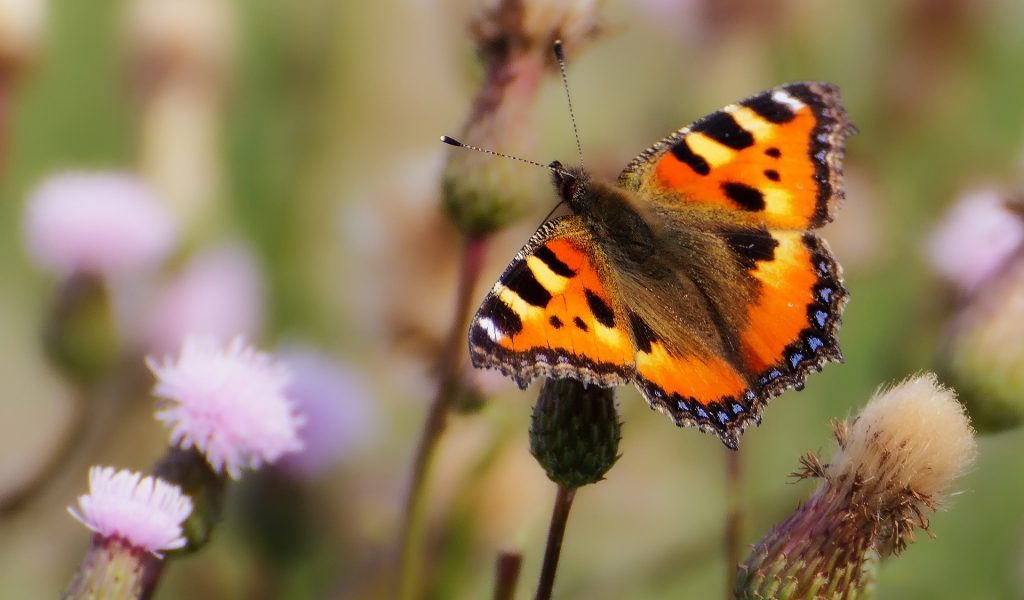Worryingly low butterfly sightings

Isobel Vautier discusses recent findings from the Big Butterfly Count which suggest that butterfly levels are at their lowest in 13 years and that these levels are worrying scientists.
UK conservationists are worried about the decreasing levels of butterfly sightings in the UK, reaching their lowest since the start of the Big Butterfly Count scheme 13 years ago.
This scheme is one of the largest citizens-science projects in the UK and is vital for research into how butterflies are coping with climate change and habitat loss. Despite hopes that this year’s warm summer months would make improvements to these counts, the Wildlife charity Butterfly Conservation said they are concerned with the results. UK citizens submitted almost 100,000 butterfly counts between 15th July and 7th August, revealing an average nine butterflies per count, making this year the lowest count in 13 years.
Revealing an average of nine butterflies per count, making this year the lowest count in 13 years
Although the overall counts are down, the warm weather has provoked some positive results this year, such as the Holly Blue, which has only had occasional recorded sightings preceding the 2000s, has seen an increase of 120 per cent in sightings across the UK. The Large Blue, previously declared extinct in the UK in 1979, has had one of its best summers in 150 years, after being re-introduced into the wild in 1983. The most popular sightings were the Gatekeeper, up 58 per cent and the Common blue – up 158 per cent from last year. However, the general sightings of butterflies remain worryingly low; the public is being urged to take steps to help the butterfly population.
This decrease in sightings is largely due to climate change and habitat loss. The increasing popularity of plastic grass as well as the rising levels of nitrates are causing a noticeable absence of many species in household gardens. The Wildlife charity Butterfly Conservation urges citizens to create wildlife friendly habitats in their gardens by cultivating Holly and flowering Ivy, as well as growing plants such as Hop, Elms and nettles.
This decrease in sightings is largely due to climate change and habitat loss
Butterflies are an integral factor in our ecosystem for many reasons, not only do they indicate a healthy and happy environment but are also an important element of the food chain for insectivorous animals. Butterflies are essential to the pollination of our plants and act as natural pest controls, without them our ecosystem is likely to fall apart. There are multiple factors indicating the importance of butterflies in the UK, both for aesthetic reasoning and as quality-of-life indicators which help ecologists to study the impact of habitat loss, fragmentation and climate change. So, it is important we take steps to protect and preserve their habitats.


